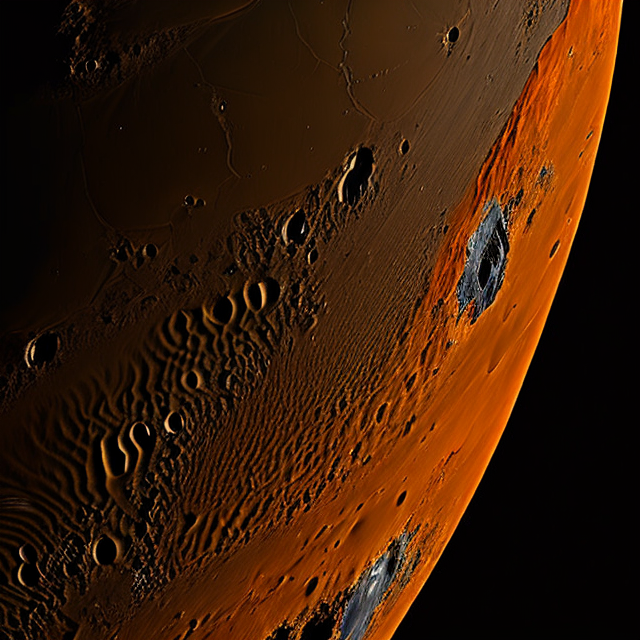|
|
Space Astro
|
Info for exoplanet "Dusrok'paa"
| Scientific (actual) data |
|---|
| Planet | NGTS-3A b |
| Planet status | Confirmed |
| Planet mass | 2.38 |
| Radius | 1.48 |
| Orbital period | 1.67537 |
| Semi major axis | 0.023 |
| Orbit eccentricity | 0 |
| Inclination | 89.56 |
| Discovered | 2018 |
| Updated | 2018-08-16 |
| Tzero tr | 2457620 |
| Impact parameter | 0.05 |
| K | 404 |
| Publication | Published in a refereed paper |
| Detection type | Primary Transit |
| Mass detection type | Radial Velocity |
| Radius detection type | Primary Transit |
| Star name | NGTS-3A |
| Right ascension | 94.44° |
| Declination | -35.71° |
| Mag v | 14.6 |
| Star distance | 1010 |
| Star metallicity | 0.12 |
| Star mass | 1.017 |
| Star radius | 0.93 |
| Star sp type | G9V |
| Star temperature | 5570 |
| Wikipedia article | NGTS-3A b |
Back
| |
| Fictional info (?) |
|---|
| Suggested name | Dusrok'paa |
| Planet type | Large hot gas giant |
| This large hot gas giant is named after the deity Dusrok'paa, the bringer of nature.
It is radically different from Proslygaret Puck in other respects.
Liquid water cannot exist on the surface of Dusrok'paa due to low atmospheric pressure, which is less than 6 percent of Proslygaret Puck's, except at the lowest elevations for short periods.
Dusrok'paa is primarily composed of carbon dioxide with a significant part of its mass being 2H2O, though 2H2O comprises only about a small amount of the number of molecules.
Dusrok'paa has been explored on several occasions by robotic spacecraft, most notably during the early Pioneer and Frontier flyby missions and later by the Isaac orbiter. |
| Atmosphere | Carbon dioxide | 53% |
| 2H2O | 29% |
| Hydrogen chloride | 12% |
| Carbon monoxide | 5.8% |
| Ammonium hydrosulfide (NH4SH) | 0.058% |
| Atmospheric pressure | 40 bar |
 |
| No known satellites |
| Google search for Dusrok'paa |
|
Website by Joachim Michaelis
|
|
|
|